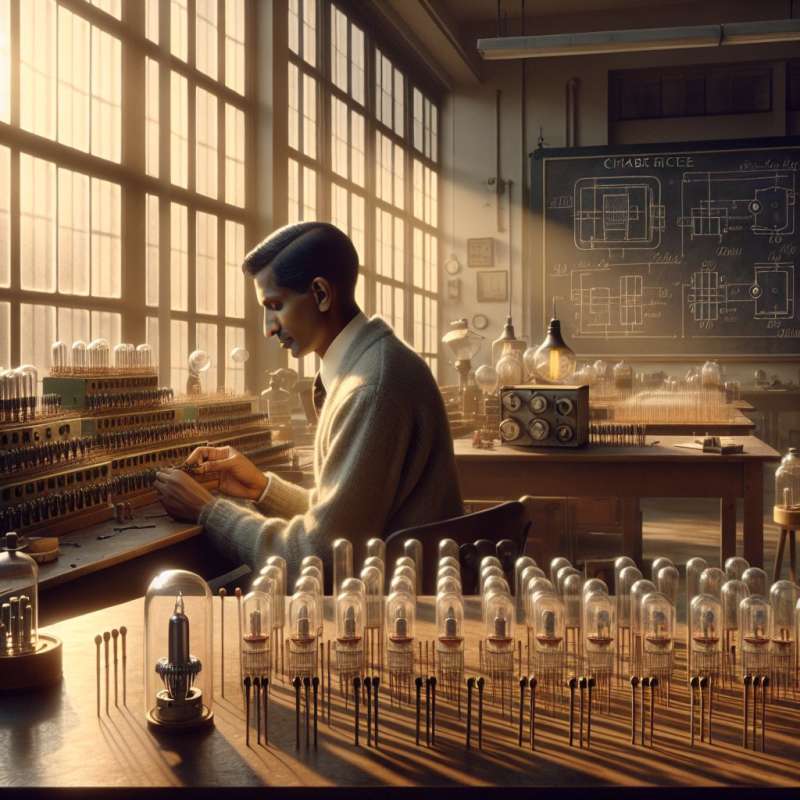
Early Amplification Beginnings
The history of amplifiers begins with telephone technology. In 1906, Lee De Forest invented the triode vacuum tube, the first electronic amplification device, revolutionizing signal amplification.
Triode Transforms Audio Transmission
Triodes amplified electrical signals, enhancing radio, telephone, and public address systems. By 1915, voices were transmitted across the US for the first time, thanks to amplification technology.
Transistor Revolution Era
Transistors, invented in 1947 by Bell Labs, replaced vacuum tubes. They were smaller, more reliable, and consumed less power, paving the way for portable electronics and modern computing.
Stereo Sound Emergence
The 1950s saw the birth of stereo sound, requiring two amplifiers for the left and right audio channels. This innovation led to an immersive audio experience that transformed home and live music listening.
Digital Amplification Advancement
Digital amplifiers surfaced in the late 20th century, providing efficient power conversion, less heat production, and compact size. They've become a staple in consumer audio products and professional sound systems.Cosmic Amplifiers
In 1974, astronomers used a radio amplifier to detect a mysterious 72-second cosmic signal, known as the 'Wow! Signal,' still unexplained today.
Who invented the first electronic amplification device?
Lee De Forest
Bell Labs
Thomas Edison
Company